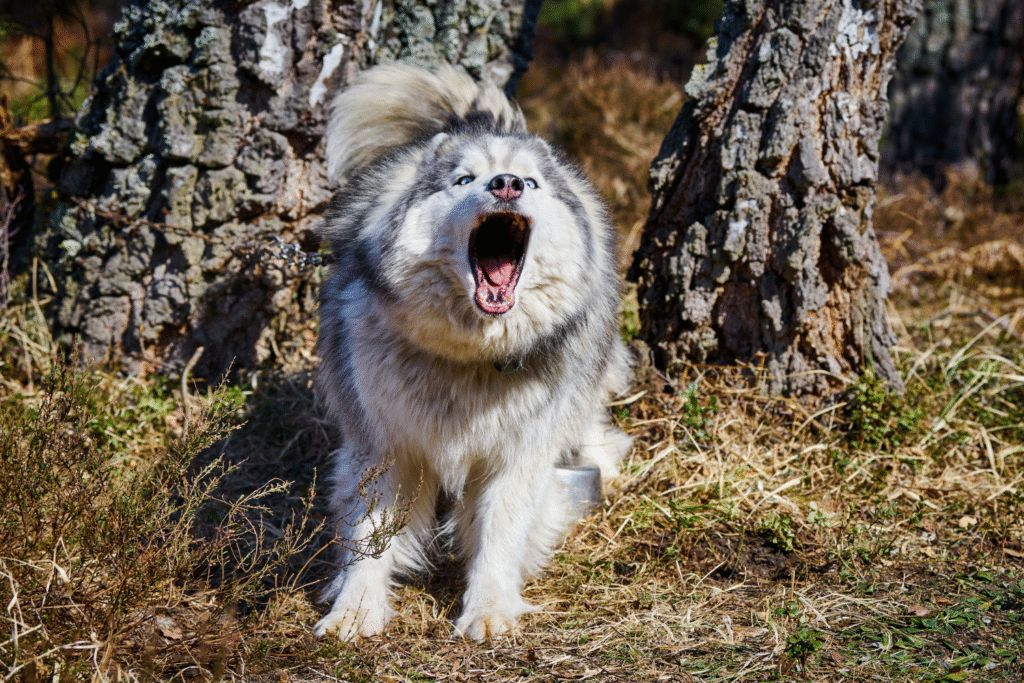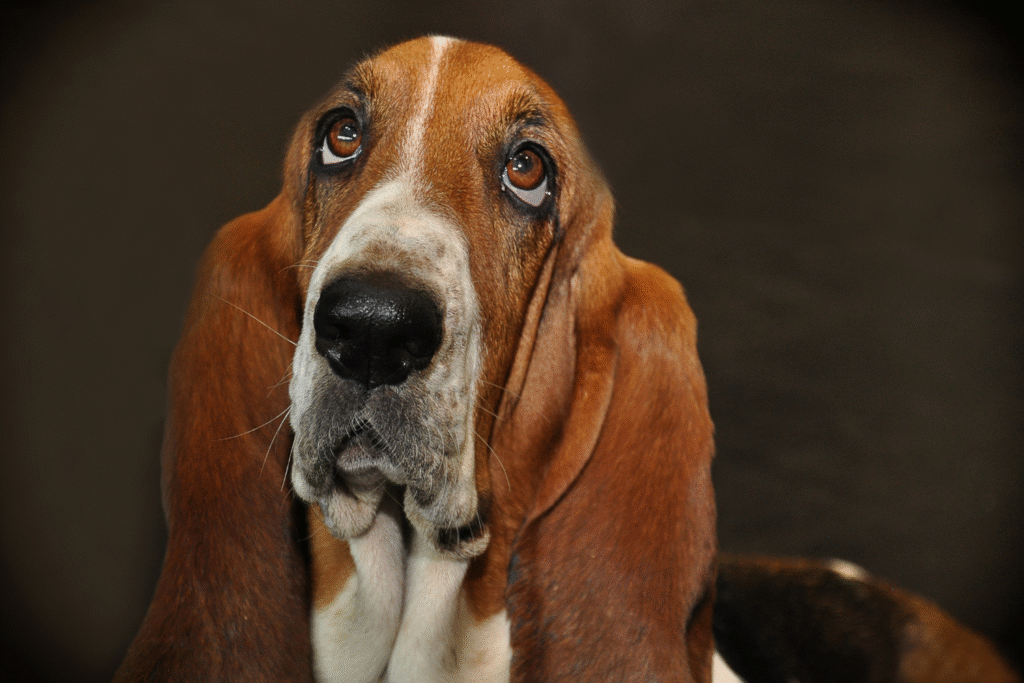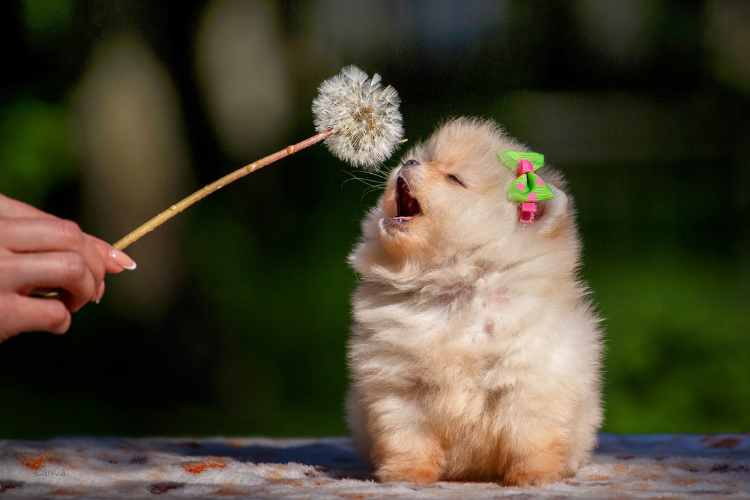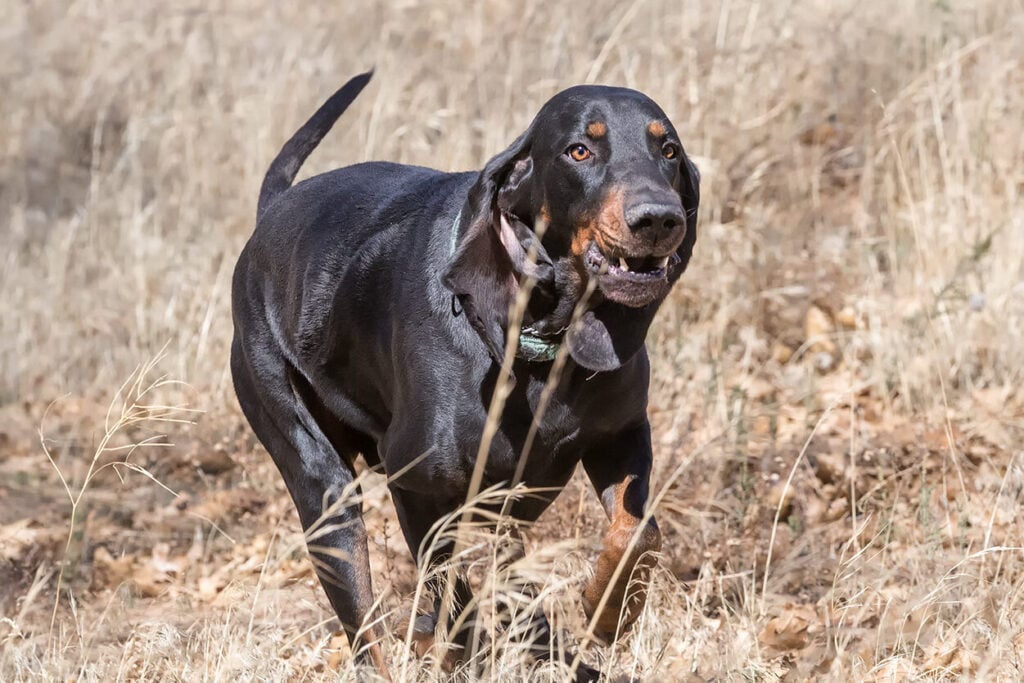These dogs don’t just bark, they perform entire soundtracks that keep neighbors guessing.

Some dogs bark politely, others bark often, and then there are the ones who’ve turned barking into a full-blown art form. They mix tones, add dramatic flair, and sometimes sound like they’ve borrowed their voices from other animals entirely. It’s not just noise—it’s personality amplified through sound. Each breed has its own quirks, whether it’s a howl that echoes for miles or a yap that feels louder than it should. Once you’ve heard these dogs in action, you’ll never confuse them with any other.
1. Beagles bring drama to every howl.

Beagles are already famous for their hunting voices, but their howl is something else entirely. According to the American Kennel Club, they were bred to alert hunters when they caught a scent, and that instinct translates into a long, drawn-out bay that sounds more theatrical than ordinary barking. It’s a sound designed to carry across fields, not just living rooms.
Owners quickly learn that Beagles don’t hold back when they’ve found something worth talking about. They throw their entire body into it, producing a howl that can feel endless. Even in a casual neighborhood setting, they’ll raise the alarm with gusto, often turning a simple squirrel sighting into a full concert. Their voice is unmistakable—half bark, half song, and all enthusiasm.
2. Chihuahuas make up for size with unstoppable yaps.

No one has ever accused a Chihuahua of being quiet. Their small bodies contain a bark that’s rapid-fire, sharp, and almost constant. The funny thing is, their bark often carries more authority than their size suggests. As stated by PetMD, their instinct to protect their chosen person makes them one of the most vocal small breeds. That loyalty drives the nonstop noise, even if it’s directed at the mailman.
Their bark doesn’t just announce—it insists. Once a Chihuahua has started, it can feel like they’re delivering a lecture at high speed, every single time. The intensity often surprises newcomers, but their owners learn that this is simply how Chihuahuas communicate. In their world, silence is overrated, and barking is a way of life.
3. Siberian Huskies treat barking like a performance.

Unlike most breeds, Huskies are less likely to bark and more likely to “talk.” As discovered by the American Kennel Club, their vocalizations range from howls to whines to what can only be described as singing. It’s not unusual for them to mimic tones, respond with noises that sound like words, or howl in harmony with sirens.
Living with a Husky means being part of a very noisy choir. They rarely keep quiet when they want attention, and they often respond vocally when spoken to, as though they’re carrying on a conversation. Their voices aren’t just functional—they’re expressive, loud, and often hilarious. That talent for turning everyday moments into concerts makes them one of the most recognizable “talkers” of the dog world.
4. Dachshunds use their barks like megaphones.

Despite their short legs, Dachshunds carry a bark that seems way too big for their bodies. It’s deep, resonant, and startlingly powerful. This wasn’t an accident—these dogs were bred to hunt badgers, so their bark needed to cut through underground tunnels and alert humans above ground.
Even today, their bark feels out of proportion to their size. It’s the kind of voice that stops strangers in their tracks, making them wonder if there’s a much larger dog hiding out of sight. Owners quickly realize that when a Dachshund decides to announce something, there’s no ignoring it. Their bark isn’t background noise—it’s the main event.
5. Basset Hounds turn sadness into sound.

If you’ve ever heard a Basset Hound, you know their voice sounds like a slow, mournful opera. It’s deep, drawn-out, and filled with emotion, often making even their happy moments sound like tragedies. That unique tone was bred into them, designed to signal hunters across large distances.
Their baying voice is so distinct it often becomes a household soundtrack. Owners describe it as haunting yet oddly endearing, like the dog is pouring its heart into every note. Basset Hounds don’t bark for the sake of noise—they bark with feeling, and you’ll always know exactly what they’re trying to say.
6. Terriers throw barking parties at the slightest excuse.

Terriers of all types are known for their constant commentary. Their sharp, high-pitched barks often come in rapid bursts, creating a soundtrack of excitement, alarm, and energy. These little hunters were bred to go after vermin, so their alertness translates into near-constant noise in a modern setting.
Their enthusiasm can be contagious, though. Once one terrier starts barking, others often join in, turning it into a group performance. It’s chaotic, relentless, and very much part of their charm. Living with a terrier means never needing a doorbell—they’ll let you know the instant anything moves within earshot.
7. Pomeranians turn barking into a lifestyle.

Fluffy and adorable on the outside, Pomeranians hide an endless well of noise inside. Their bark is sharp, repetitive, and usually delivered with high energy. What they lack in size, they make up for in determination, and once they’ve started, it can feel like they’ll never stop.
The funny thing is, they often bark simply to express excitement rather than alarm. Pomeranians seem to believe their voices are part of their personality, and silencing them is nearly impossible. It’s less about warning and more about being heard, every single time.
8. Coonhounds use their voices like instruments.

Coonhounds are masters of “baying,” a sound that’s louder, longer, and more melodic than a typical bark. Their voices are built to carry across forests during hunts, and even today, they unleash those howls with impressive force. The sound is almost musical, though not everyone would call it pleasant.
Owners often describe it as a chorus, especially when multiple Coonhounds start up together. It’s loud enough to shake walls and distinctive enough that you’ll never confuse it with any other breed. For them, barking isn’t about volume—it’s about creating a sound that sticks with you.
9. Shiba Inus scream instead of bark.

Shibas are notorious for producing one of the strangest noises in the dog world: the “Shiba scream.” It’s a high-pitched, wailing sound that barely qualifies as barking and sounds more like a child throwing a tantrum. It usually comes out when they’re unhappy, excited, or resisting something they don’t want to do.
The first time someone hears it, they often think the dog is being harmed, but in reality, it’s just Shiba-style communication. The scream is bizarre, unforgettable, and one of the reasons this breed stands out. While they can bark normally, it’s their wild, dramatic shrieks that truly define them.
10. German Shepherds announce themselves with authority.

A German Shepherd’s bark carries weight. It’s loud, sharp, and commanding, instantly silencing rooms or scaring off intruders. Their voice isn’t just noise—it’s presence. They use it when they sense something unusual, and their bark alone is often enough to keep trouble at bay.
Because of this, they’ve become one of the top choices for guard and police dogs. Their bark sends a clear message: “I’m here, and I’m in charge.” Even outside of working roles, that authoritative sound is part of their everyday communication, leaving no doubt that they’re paying attention.
11. Alaskan Malamutes sing instead of bark.

Unlike their Husky cousins, Malamutes are less about chattering and more about howling. Their voices sound deep, resonant, and almost like singing, especially when they decide to “talk” with family members or answer a siren. It’s a sound that can shake through walls and echo across neighborhoods.
Malamutes use their voices to bond, to express excitement, and sometimes just because they feel like it. It’s not the kind of bark that fades into the background—it’s the kind that makes people stop and listen. Their vocal style feels ancient, like a reminder of their wolf ancestry, and it never fails to grab attention.
